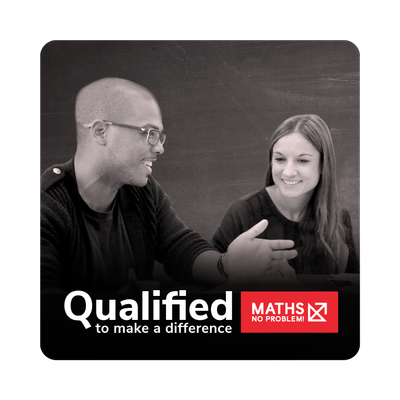Working Together: How collaboration creates meaningful learning
Editor’s Note:
This is an updated version of a blog post published on August 7, 2018.
As we sat watching a group of four pupils from Year 2 attempting, and often failing, to programme a robot to move from one position to another using the arrows on top of it; we realised that there was an opportunity for a ‘teachable moment’. A moment that – rather than coming from us – would arrive from within their group.
We asked the children “what will you need to do now to get it right to the target?” and let them consult, talk, and deliberate between themselves. It was only then that they pressed the required buttons and, after several attempts, the robot arrived at the correct position.
It’s through this discussion that the way to solve the problem becomes clear. It’s an opportunity for pupils with a good grasp of the concept to share their wisdom with learners who may be struggling. There may be a few surprises during this practical task as it’s not always the children you’d expect who have the best understanding.
Learning through collaboration
Collaborative tasks are fantastic for learning and are based upon the constructionist and co-constructionist approaches to teaching developed from the research of Jean Piaget and Lev Vygotsky. These educational psychologists proposed that learning is constructed as a child makes meaning from their experiences. Vygotsky identified that most learning for children happens in social settings. Learning from one another is how they grow. Dialogue offers this growth opportunity, which is why you’ll find it in the anchor activities and guided practice within the maths mastery approach of Maths — No Problem!.
In your own learning, can you think of a time where you got to a point and didn’t know what to do next? What did you do? If you asked a friend or a colleague for help and they aided your understanding, then you have entered what Vygotsky calls the “Zone of Proximal Development”. It’s here you make a jump in your learning that wasn’t possible before you consulted with someone ahead of you in that area.
This happens all the time in children’s play and other opportunities where we encourage collaborative learning. The more advanced learners share their understanding with struggling learners, the more they grow their own skills of explanation while also helping their peers develop a greater understanding of the topic. Learning within a social setting is the most natural and significant way for children to grow their understanding whether it be at home or at school. It helps to maintain intrinsic motivation, and the children find satisfaction and pride in working things out together.
Become Qualified to Make a Difference
Empower yourself to create a lasting impact in pupils’ lives. Gain maths mastery certificates that will represent all you’ve accomplished and learned in your teaching journey.
From Fellow, to Expert, to Master — you can take the pathway to certified success!

Making a success of group work
In an ideal world we would always see children working together to find a solution but, in reality, we see mixed results in the effectiveness of classroom collaboration. All teachers experience moments when group dynamics mean that any kind of constructive work on a task breaks down. This can happen for a number of reasons: one student is too dominant, another can’t listen to others’ ideas or a pupil sulks because the group isn’t doing what they wanted to do. Effective group work doesn’t just happen, so as teachers, we need to actively work on creating environments where it does.
There’s plenty of research that suggests ways to support and foster effective group work. Here are some strategies to implement in your classroom:
- Have an ongoing conversation with your class about what’s required for groups to work well. Listen to their ideas and create some ‘guidelines for talk’ for your whole class to follow and develop over the year. Make and put up posters so these guidelines are visible throughout the year.
- Children work more effectively in smaller than larger groups. Experiment and work out what is the optimum group size for your current class.
- Take care in structuring the classroom for collaborative work, even working on a table that’s too large will inhibit conversation, and students will end up splintered, not working as one group, but several.
Developing skills for effective dialogue is an important life skill for all learners. Not only will pupils learn mutual understanding and respect for an increasingly globalised world, it also celebrates diversity of thought and experience. Collaborative, heterogeneous, mixed-ability contexts provide an opportunity for a richer learning environment, moving us away from transmission of information from the teacher and into learning experiences that provide greater autonomy for the learner.
Aki Murata, Associate Professor of Mathematics Education at the University of Florida, writes that in a classroom “with students with different levels of mathematics understanding, while it is not necessarily true that all individuals in the classroom reach the same learning destination…at the end of the instructional period, they will be stimulated to learn more than they can individually with a teacher.” Providing a social context for learning means that, to some extent, pupils teach each other. Providing these opportunities for collaboration lets them grow in understanding and appreciation of each other as people, regardless of their differences. They will grow as learners and as people.
Recently, I overheard one 7-year-old student say to another: “I loved the way you explained that to me”. How happy that made me feel!
